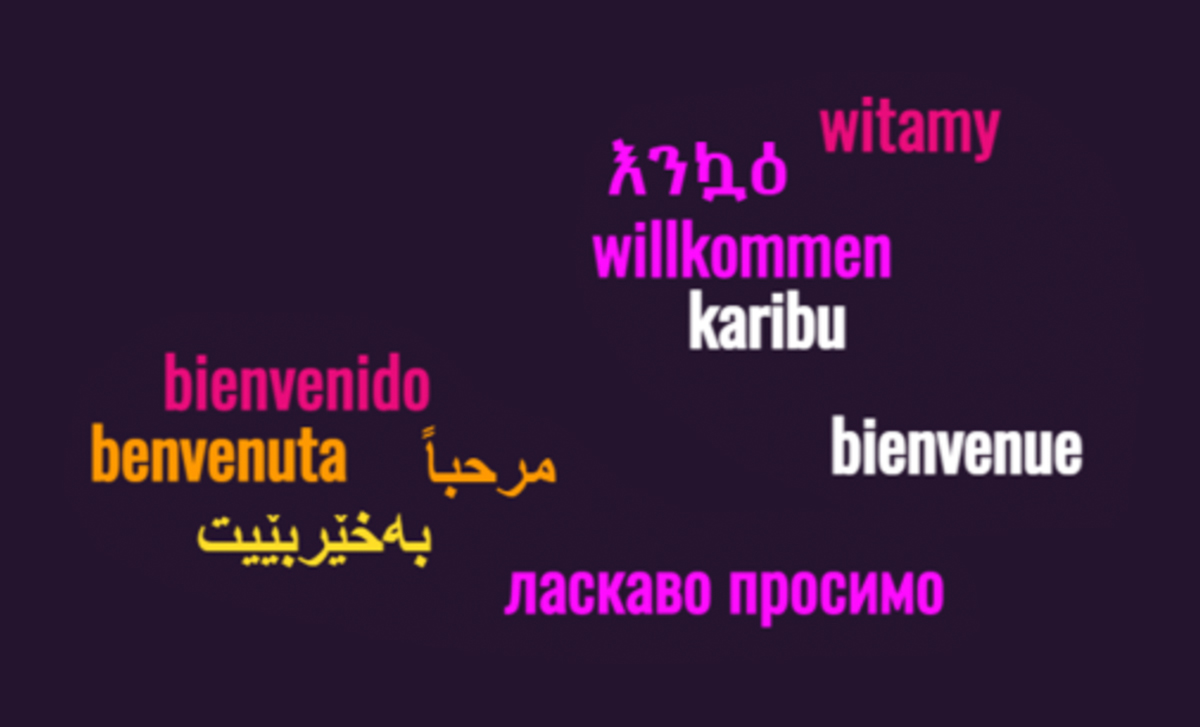Translanguaging: Embracing the Power of Multilingualism in Your Classroom

June 8, 2023

Share this post
Translanguaging was one of the key themes at IATEFL this year. English language learners bring a rich diversity of languages, cultures, and perspectives to our classrooms. Embracing these differences through inclusive multilingual teaching practices supports learning and provides students with an opportunity to take pride in their identities.
This post will explore translanguaging, its benefits, and some ideas for you to incorporate it in your classroom.
What is translanguaging?
Translanguaging is the use of multiple languages in order to communicate and support learning. It recognizes the linguistic skills that learners have and encourages their use to discuss, take notes, research, ask questions, or explain new concepts in class.
While immersive teaching practices focus on using only English, translanguaging allows learners to use their other languages to help them learn. For example, a teacher may explain something in English and then allow students to discuss it and explain it to each other in their first language. The teacher can then ask comprehension questions or use the students' first language to ensure the class understands.
Why is it beneficial to language learning?
There are many benefits to translanguaging:
1. Translanguaging values learners
Using multiple languages in the classroom recognizes and respects the cultural and linguistic backgrounds of English language learners. Being bilingual or multilingual is an asset. Translanguaging supports learners in their understanding of how their linguistic skills can be beneficial for life and work as global citizens.
2. Translanguaging boosts confidence
Translanguaging allows learners to express themselves in many ways. Using their first language can reduce anxiety and provide thinking time, giving them the confidence to take risks and communicate in English.
3. Translanguaging supports learning
Multilingualism enhances brain function, aids memory, and makes it easier to understand and learn other languages. This helps students focus, study, and learn English more effectively.
4. Translanguaging aids cross-cultural communication
Valuing diversity and cultural identity in the classroom provides a safe space for intercultural conversations. This allows learners the opportunity to share their differences in curious and respectful ways.
How can I incorporate translanguaging in my classroom?
Chances are that you are already using translanguaging techniques. For example, if you encourage learners to write vocabulary translations in their notebooks or use bilingual dictionaries, you are incorporating translanguaging in your classroom.
Here are some other examples:
1. Multilingual collaborative translations
When teaching new vocabulary, it can be interesting to ask learners how to say the words in their first language(s). This gives them a chance to share their language abilities, learn other languages, and have a bit of fun drilling pronunciation.
Creating word clouds can be a fun way to do this. You could display the visuals on the wall and create more throughout the course.

2. Collaborative projects
Task-based or project-based learning is a flexible way for students to learn. There can be many different tasks within a project including researching a topic, writing a report, recording a podcast, and delivering a presentation.
To use translanguaging, students may choose to complete different tasks in different languages. For example, they may research the topic in their first language and then talk to a partner and create a poster in English.
3. Note-taking
When listening to a recording or a video, students may choose to write down their ideas. They could do this in English, in their chosen language, or in a mix of language(s).
They may wish to lay out their notes using a mind map or graphic organizer, or by adding doodles, diagrams, or translations. They could later share or explain these notes with another student.
4. Preparation, then translation
Some learners may find it easier to complete tasks in their first language and then translate into English. You could give them time to write a text in a language of their choice and then translate it. Support them to use online tools such as translation apps and bilingual dictionaries.
You may also wish to use AI as a comparison for their translation. Once they have translated their text to English, ask an AI tool to translate the original text (in their first language). Students can then look for interesting style features and phrases to enhance their work.
Celebrating & supporting ELLs
As language teachers, our students bring a wealth of skills to class. Translanguaging offers an inclusive approach that celebrates their diversity and talents. By celebrating multilingualism, we can create learning environments that are welcoming and support cross-cultural understanding.
Comments
There are no comments on this post. Start the conversation!